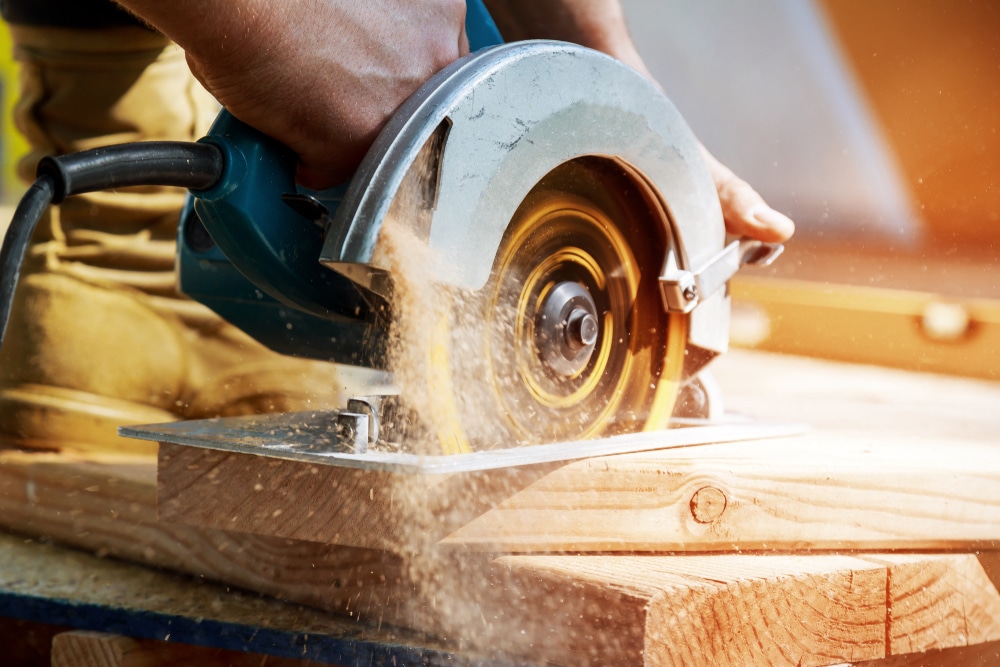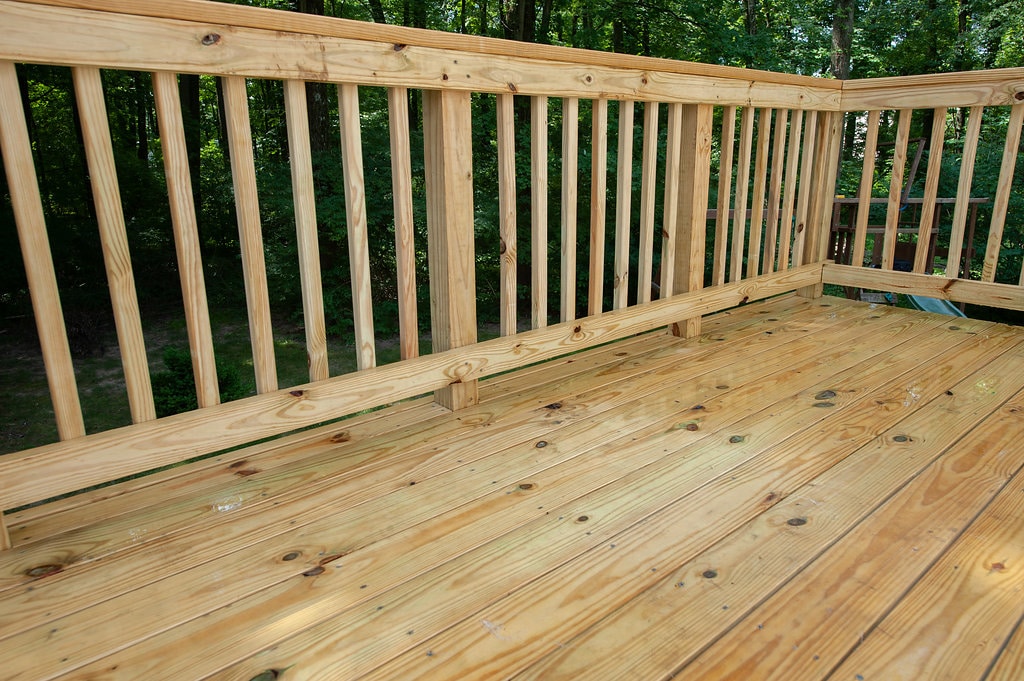By WIR Contributor Mark Clement
Get your workshop set-up set up when it’s cold outside
It’s One Half Set Up, One Half Clean Up. The rest is work.
I have a little saying that goes something like this: Looking for a tool isn’t working. It’s looking for a tool.
Working—doing DIY—that’s working. Screwing two boards together to make a fence or a pergola, that’s the stuff we’re all in this for. Wondering where your tape measure is, well, that’s just semi-purposeful standing around.
So how do we do more of what we want and less of what we don’t? Do a shop tune-up. Here are three main things I like to focus on.
Organize
I know, it’s agony. But a pile isn’t a shop. It’s a pile with walls.
Find a way to get your stuff as organized as possible. My favorite place to store things is off the floor on custom built shelves. But whether you buy or build shelves, try to organize it by what I call “department.” Put all your drywall and tile stuff on one shelf, for example. Put your portable power tools on another. Hang chargers on the wall. Put pencils in a box or jar so you can always see where they are. Get toolboxes or bags for hand tools.
In short, take a day and organize things by department and when you go to look for them later, you’ll be able to both find them and put them back where they came from easily at the end of the day.
Adjust
The last two miter saws I had were permanently out of tune. I kept forgetting to fix them and so on every project I had to re-adjust them so they cut properly. More wasted time.
Whether yours is or not, the time to check it—and fix it if need be—is not when you’re stoked to make your raised garden of awesomeness, but now, when you’re not.
What I should have done with my saws is taken a few hours to print out the saw manual, read it when I was undistracted by 8,000 other things I always had going on, and just adjust the saw correctly.
1, 2 skip a few 99, 100: Problem solved. Do the same for your table saw if you have one. Make sure the fence is parallel to the blade and that the bevel angle settles out right at 90.
Also: make sure your tool blades are sharp. Dull blades make hard work needlessly harder.
Support
This is a pro trick that is so DIY-able it’s crazy.
Make a table for your miter saw. There’s a million ways to do this and I can show you a design in a future piece
And set yourself up for success on the table saw by using what we carpenters call “outfeed support”. While there are various stands and rollers and contraptions, my favorite outfeed has been a little work table by Worx called the Pegasus. It’s a simple smart table that I have with me on all my jobs.
Clean up, adjust, support: Do DIY.





